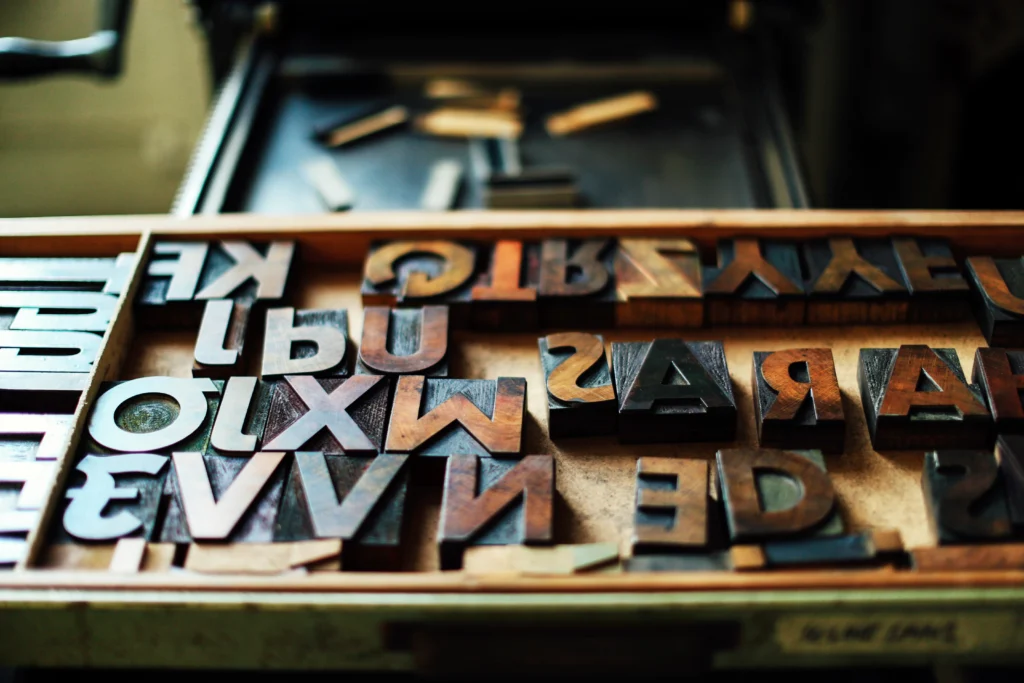
In recent years, the rise of vintage fonts has been impossible to ignore. As brands seek to create unique and memorable identities, many designers have turned to the charm of retro-inspired typography. But what exactly are vintage fonts, and why are they so popular in modern design?
This article delves into the world of vintage fonts, exploring their origins, characteristics, and how they are being used in contemporary design. We will also highlight key examples and case studies to demonstrate how brands effectively use these fonts to evoke nostalgia and create a strong visual presence.
Vintage fonts refer to typefaces that are inspired by older design styles, typically from the 19th and early 20th centuries. These fonts often bring a sense of nostalgia, reflecting a bygone era when printing techniques, design trends, and advertising styles were quite different from today. The term “vintage” can cover a wide range of typefaces, from elegant script fonts reminiscent of old postcards to bold, blocky serif fonts found in early advertisements.
Common characteristics of vintage fonts include:
To understand the appeal of vintage fonts, it helps to explore their roots in history. Typography in the 19th century was heavily influenced by the Industrial Revolution. With the advent of new printing technologies, there was a surge in advertising and packaging design, leading to the creation of bold, attention-grabbing fonts.
In the early 20th century, the Art Deco movement brought a blend of luxury and simplicity, characterized by clean geometric shapes and stylized lettering. This era saw the rise of sans-serif fonts in addition to the popular serif styles.
These vintage fonts often carry the aesthetics of specific time periods, making them a versatile choice for designers looking to evoke certain moods or memories. Whether you want to transport your audience back to the 1920s or the 1970s, vintage fonts offer a rich tapestry of design options.
The popularity of vintage fonts in contemporary design can be attributed to several factors:
Vintage fonts are versatile and can be used in a wide range of design projects. Here are some of the most popular uses:
Several well-known brands have embraced vintage fonts as part of their visual identity. These case studies highlight how effective vintage typography can be:
The Coca-Cola logo, with its iconic Spencerian script, is a perfect example of vintage typography that has stood the test of time. First designed in the late 19th century, the logo has undergone minimal changes over the years, reflecting the brand’s commitment to tradition.
Levi’s has utilized bold, blocky serif fonts in its branding for decades. This vintage-inspired typography reinforces the brand’s history as a timeless icon of American fashion, with a focus on quality and durability.
While vintage fonts can add charm and character to your designs, it’s essential to use them thoughtfully. Here are some tips to consider when incorporating vintage fonts into your projects:
Vintage fonts offer a unique way to evoke nostalgia, create a timeless aesthetic, and establish a strong brand identity. Whether you’re designing a logo, packaging, or a website, these fonts can add character and authenticity to your work. However, it’s essential to strike a balance between old and new, ensuring that your design feels fresh and relevant rather than overly retro.
By understanding the history and characteristics of vintage fonts, you can make informed decisions about when and how to use them in your designs. As more brands continue to embrace the appeal of vintage typography, it’s clear that these fonts are here to stay, offering endless creative possibilities for designers.